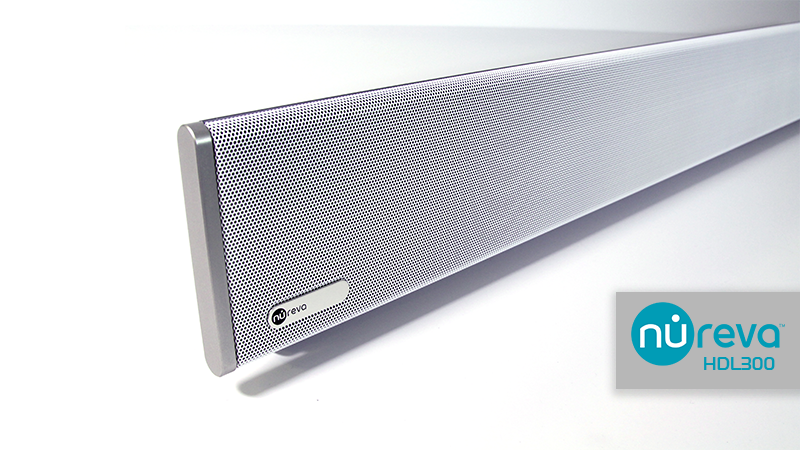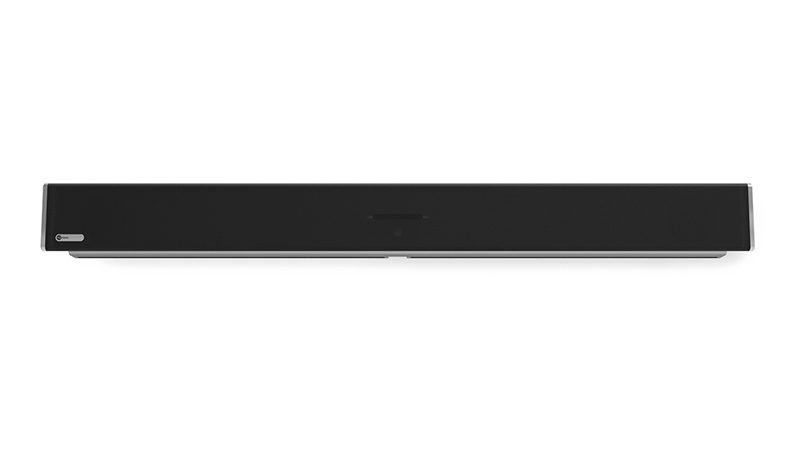
Giving every student a voice in university class rooms
As the university infrastructure evolves, we are seeing a growing demand for group collaboration rooms to nurture student-led learning, alongside more traditional lecture theatres. Whilst many further education establishments have rooms at their disposal, the pressure is on IT departments to equip these environments with effective technology that supports the collaborative efforts of the students who use them, in many cases linking to communications platforms such as Skype.
Multi-use spaces maximise room resource
When teaching methods incorporate student-led and project-based learning, the focus is on students collaborating in small groups, working through challenges and solutions. Ideally, these sessions would take place in huddle-style rooms that could be used to host interactive discussions. However, for universities to get the most out of their classroom resource, spaces probably have to be multi-use for everything from day-to-day lectures and conference calls to dedicated student-centred sessions.
The importance of audio
Flexibility is a key requirement, in terms of the both the layout and the technology adopted in the room. One element that is commonly overlooked is the acoustics. Many learning spaces may look state of the art, yet if the audio is poor the result is a pretty worthless venue for collaboration and capturing group discussions.
For successful group working, students need the tools to help them communicate better. So getting the audio right is critical, both for people present in the meeting and for remote participants joining the conference call. The biggest problem is that acoustics seem to be way down the priority list for student meeting rooms.
Audio in a ‘problem room’
A typical meeting room throws up many challenges for clear audio, and these can occur in every type of building, from older structures to the most modern builds.
In the corporate world, many businesses have these so-called ‘problem rooms’ which workers try to avoid using because of issues with the sound. Similarly, in higher education institutions, rooms that don’t have the correct setup, layout or equipment to promote a good audio experience are common place.
So what are the elements of a ‘problem room’? Factors that seriously affect the quality of audio include everything from the shape of the room, to the surfaces and electrical equipment. An L-shaped or irregularly shaped space will impact on the audio and carpets or upholstered walls will affect voices being heard. Glass walls cause sounds to reflect and also allow “noise bleed” from sources outside the room. Even surfaces such as table tops, blinds and cabinets will make the sound bounce around the room.
The resulting inaudible scenarios are a frustrating, time-wasting problem that hampers learning and prevents students from communicating and collaborating effectively.
A scaleable, plug and play solution
There is a recent addition on the advanced technology market that provides a common-sense solution for transforming audio in meeting rooms and that is the Nureva™ HDL300 audio conferencing system.
The HDL300 is very easy to use and can be installed in around 30 minutes as the microphone and speaker bar are simply hung on the wall.
What sets this solution apart is Nureva’s breakthrough Microphone Mist™ technology that effectively fills the room with up to 8,192 virtual microphones. The result? Every person in the room can be heard clearly, no matter where they sit, whether they are walking about, speaking loudly or quietly. Remote participants get a natural audio experience and can be confident that their contributions are fully heard. Group discussions are captured in crystal clear quality.
And it’s perfect for accommodating flexible university room layouts. The scalable plug and play system auto-calibrates to reflect the size of the space or a change of layout, and integrates seamlessly with commonly used Unified Communications platforms such as Skype.
‘Problem’ rooms are no longer a problem
The elements that affect a ‘problem room’ such as glass walls, movable furniture and room’s electrical systems are all overcome with the solution’s virtual microphones and advanced processing. The intelligent technology also enables the system to tell the difference between multiple people speaking and distracting background noises, so people will only hear what they need to whether inside or outside of the room.
Meeting rooms in universities need to be optimised to make the best use of space for both students and tutors. Introducing scalable audio technology will fit the different layouts and meet the evolving requirements of students who gather there to communicate and collaborate. Student learning is no longer confined to the walls of a lecture theatre and their voices and ideas will be heard more clearly with the right technology to support group working sessions.
